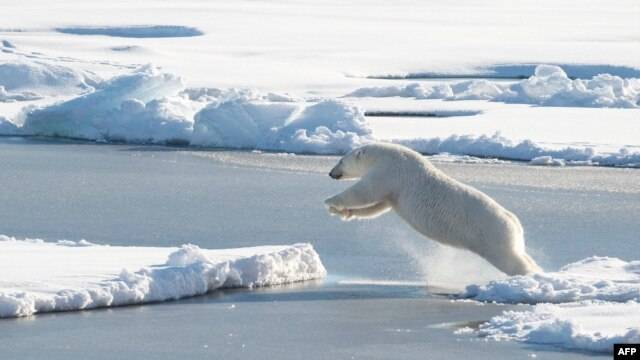Fractured dick, yikes !
Pollution may shrink polar bear penises - Denmark s news in English
Pollution may shrink polar bear penises
Arctic pollution may be weakening male polar bears’ penises, leaving them at risk of fracturing them during energetic bouts of mating, according to new research from Denmark’s Aarhus University.
The researchers found that the higher the levels of polychlorinated biphenyls (PCBs) in a polar bear’s tissue, the lower the density of bone (BMD) in its penis was likely to be.
“Reductions in penile BMD could lead to increased risk of species extinction because of mating and subsequent fertilization failure as a result of weak penile bones and risk of fractures,” the team, led by Christian Sonne at Aarhus University, wrote in a paper published in the February issue of the journal Environmental Research.
Polychlorinated biphenyls (PCBs) were used in paint from their disco er in the 1930s until 2001, when they were banned after being linked to cancer.
The researchers said that ‘endocrine disrupting chemicals’ such as PCBs reached their highest concentrations in predators at he top of the food chain, such as polar bears, leaving them at a high risk of developmental effects.
The researchers reported that bears in Canada, which had the best health overall, also boasted the largest penile bones, while those in North East Greenland suffered the greatest reduction in penile density.
The new threat to polar bear breeding comes as the animals shrinking Arctic habitat is already making it ever tougher to find mates and breed, with the melting ice, for example, making it harder for males to track scent markings left by females.
Pollution may shrink polar bear penises - Denmark s news in English



